Heads up - why tech is in a race for your face
- Published
WATCH: Hands on with Amazon's Alexa-integrated glasses
If there’s one thing technology companies learned during the smartphone boom, it’s that getting people locked in early is the difference between success and failure.
Customers are simply unwilling, at least in any significant number, to leave whatever ecosystem they’ve invested in - whether it’s Apple’s iOS or Google’s Android.
And so when there’s a chance to break ground on a new ecosystem, a fresh opportunity to get people locked in for years to come, you can expect a scramble.
For “voice”, widely considered the next big platform in tech, the scramble is on, and it's being seen most aggressively in one distinct area: your face.
It’s an area with limited real estate - you are likely to have just two ears, and two eyes - and a fraught history of botched attempts at game-changing tech.
"To date, the most commonly accepted place to wear technology has been the wrist and Apple’s success with its Watch reflects this,” said Ben Wood, from CCS Insight.
“But as Amazon and a number of other players start to get more serious about ear buds and smart glasses, there is growing evidence that the ‘battle for the face’ has begun.”
Listen up
Let’s begin with the ears.
Apple has established an early lead here, built on past glory: the iPhone. Its AirPods, released in 2016, currently dominate the category with a 53% share of the 27 million “hearables" sold globally from April-June this year, according to data gathered by Counterpoint Research.
"Apple will keep leading the market for the time being thanks to its loyal base of hardware users and its sticky ecosystem of devices and software,” said Counterpoint Research senior analyst Liz Lee.
"It will also release new ear buds with a major overhaul to the design expected in late 2020 and refresh the market again. We expect that Apple’s share will be around 40%-50% this year and a bit lower next year, but still, it will be the biggest player."
While AirPods appear to be simply a wireless version of the headphones Apple has sold for a decade now, the firm considers them to be something far more strategic: its best opportunity to get consumers interacting with devices using voice.
They do little to address Apple’s main problem right now, which is that once people get home, they’re more likely - if they have a smart speaker - to talk to an assistant from Amazon or Google than they are to Siri.
Amazon’s problem is the other way round. The success of its Alexa assistant has it leading the smart-speaker market in our homes, according to Canalys research, but the firm’s disastrous attempt to break into smartphones means Alexa has mostly been stuck indoors.
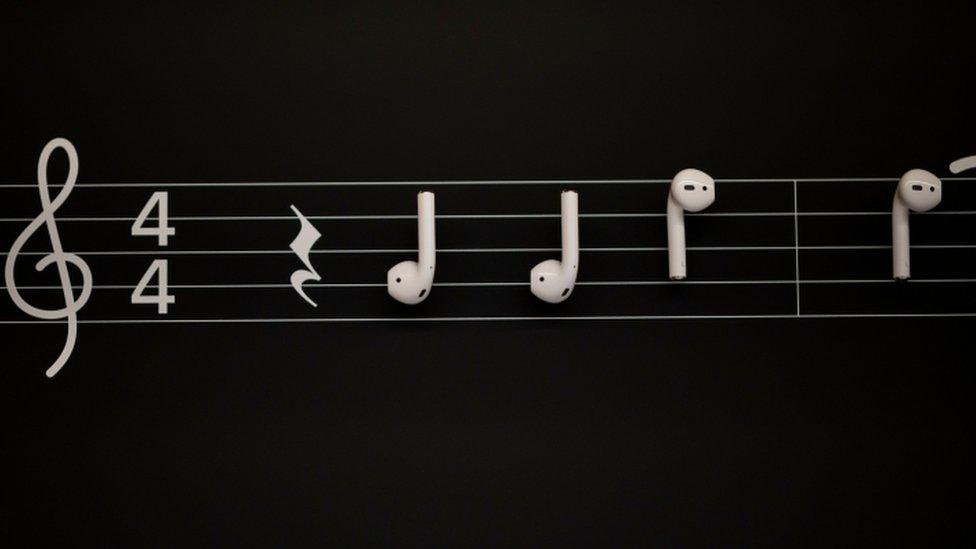
Apple's AirPods are the beachhead in a fight for the attention of consumers
On Wednesday, Amazon took significant steps it hopes will change that with the announcement of Echo Buds, wireless ear buds with Alexa built in - the most straightforward way yet to take Alexa out of the home. The device is cheaper than AirPods - $129 v $199 - and has the added selling point of including noise cancellation, something AirPods lack.
"It is apparent that access to Alexa could be more appealing for some people than access to Siri, as Alexa can be used to order goods from Amazon directly and Amazon's ecosystem is more open than Apple’s,” said Ms Lee.
"Amazon could also take aggressive markdowns including offering its new gadget in Prime deals and bundles for cheap during the Black Friday sales to increase market share.”
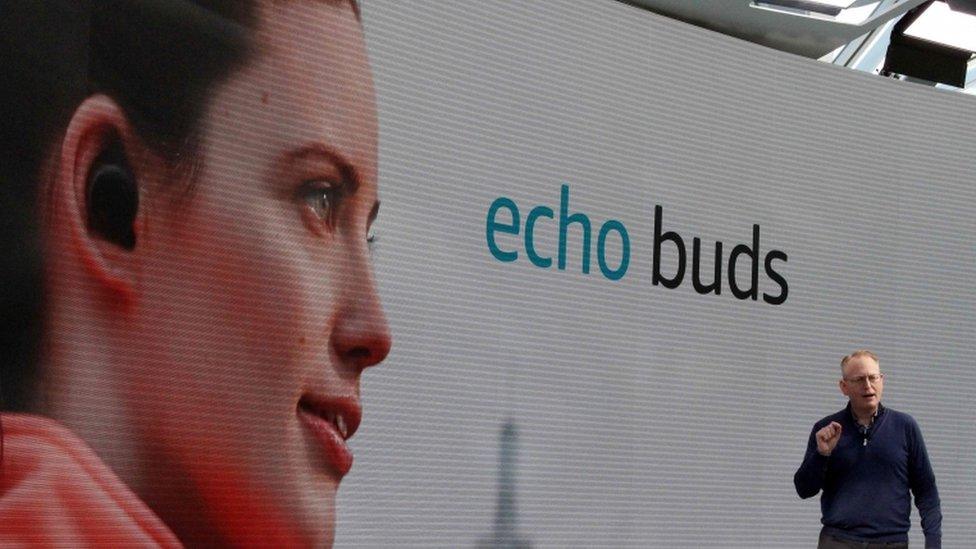
Amazon is keen to get its Alexa technology into lots of different devices
More in-ear players will soon emerge. Next week, Microsoft is expected to announce its own smart wireless ear buds too. And Google, with its own assistant and a range of voice-powered software (such as auto language translation), could offer another strong device, improving on the Pixel Buds that were launched in 2017. The company is holding its hardware launch event on 11 October.
The eyes have it
Amazon is also hoping to turn heads - though not too quickly - with Echo Frames. These are glasses with Alexa relatively discreetly built into the titanium frames. Paired to a smartphone, they vibrate when a notification is received and, like the Echo Pods, allow for voice commands to be given to Alexa via two microphones.
It’s being seen as a modest first step en route to the real goal: smart glasses containing augmented reality (AR), digitally created imagery laid over the real world.
Just as Amazon was talking about Echo Frames at its HQ in Seattle, Facebook was busy sharing its own aspirations for AR at its Oculus Connect developers’ conference in San Jose.
Andrew Bosworth, Facebook’s head of virtual reality and AR, said the firm was building AR glasses. A demonstration video showed how pop-ups could appear in your vision, alerting you to movie times or directions. This product isn’t imminent - Facebook has a lot of work to do to make the tech a reality.
And the firm is currently lacking a full-featured voice assistant of its own (though it has been working on one as part of its Portal video chat range).
There are credible rumours that Apple is preparing to release its own AR wearable device too. According to Wired, external, those who keep a close eye on the code contained in Apple’s operating system, iOS, noticed that deep inside recent updates was code that looked almost certain to be related to some kind of future AR device.
Taiwanese analyst Ming-Chi Kuo has predicted an Apple AR device could be ready as early as the middle of next year, external.
Looking foolish
Getting these devices to work well is just one hurdle to overcome, however. There are also the issues of style and trust.
You’ll remember Google Glass, released in 2013, that as well as suffering from technological shortcomings was also held back by the fact it made the wearer look rather foolish (no offence, Rory).
Newer technologies are bulky and cumbersome. Microsoft’s Hololens and Magic Leap’s goggles sit heavy on either the head or hip.
And these technologies make other people uncomfortable. Famously, one woman was attacked for wearing Google Glass in a San Francisco bar.
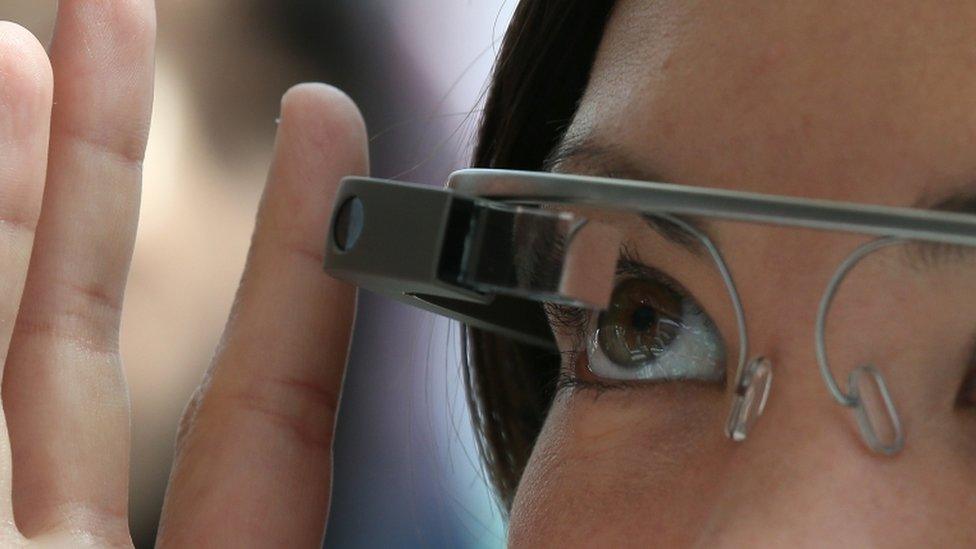
Google Glass was not a good look
AR glasses will need to use outward-facing cameras to detect objects around them, and it is likely that tech firms will consider video recording, and calling, to be a selling point. Ear buds, similarly, will need to capture some amount of audio from the world around them in order to work.
The wearer might be fine with that, yes, but what of those around them who may not want to be captured and analysed by companies that have already lost our confidence?
That’s what makes this latest tech race different. Anyone buying these devices will spend time considering not just which company has the best technology, but also the best intentions.
_____
Follow Dave Lee on Twitter @DaveLeeBBC, external
Do you have more information about this or any other technology story? You can reach Dave directly and securely through encrypted messaging app Signal on: +1 (628) 400-7370
- Published25 September 2019
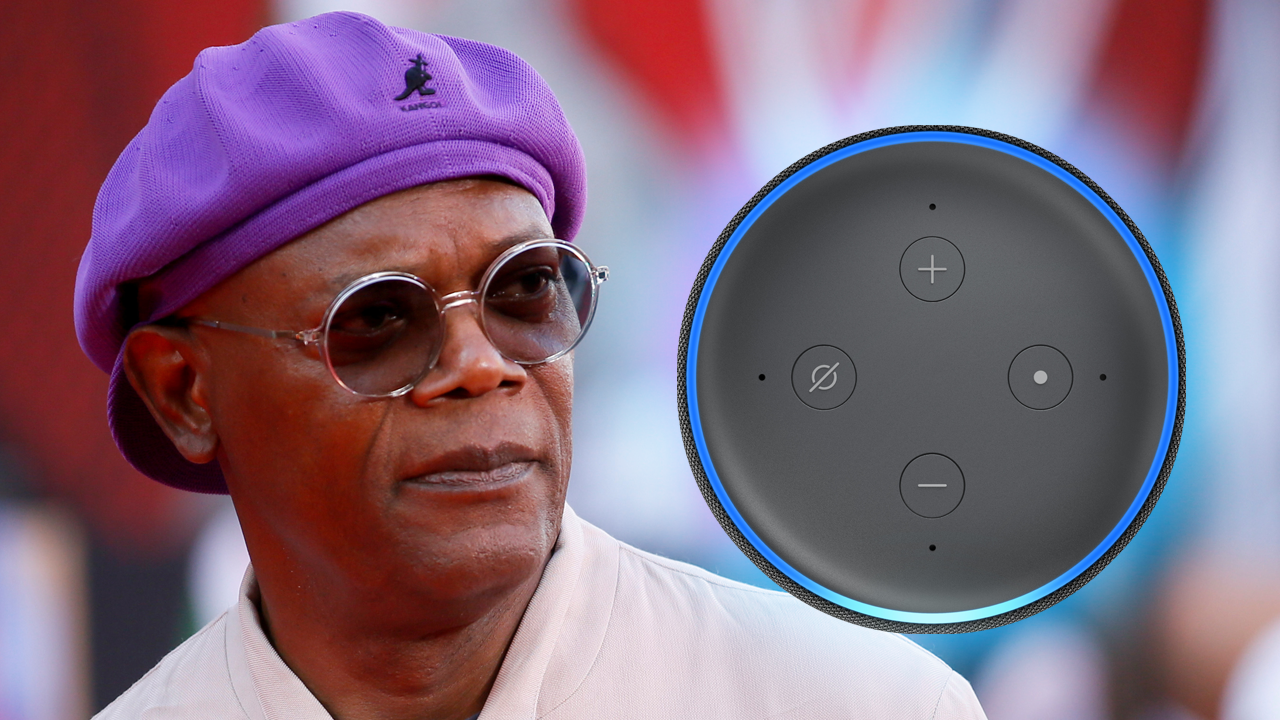
- Published23 September 2019
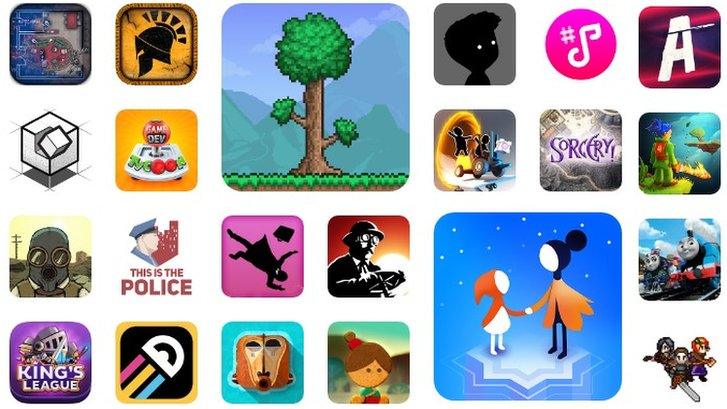
- Published6 September 2019
